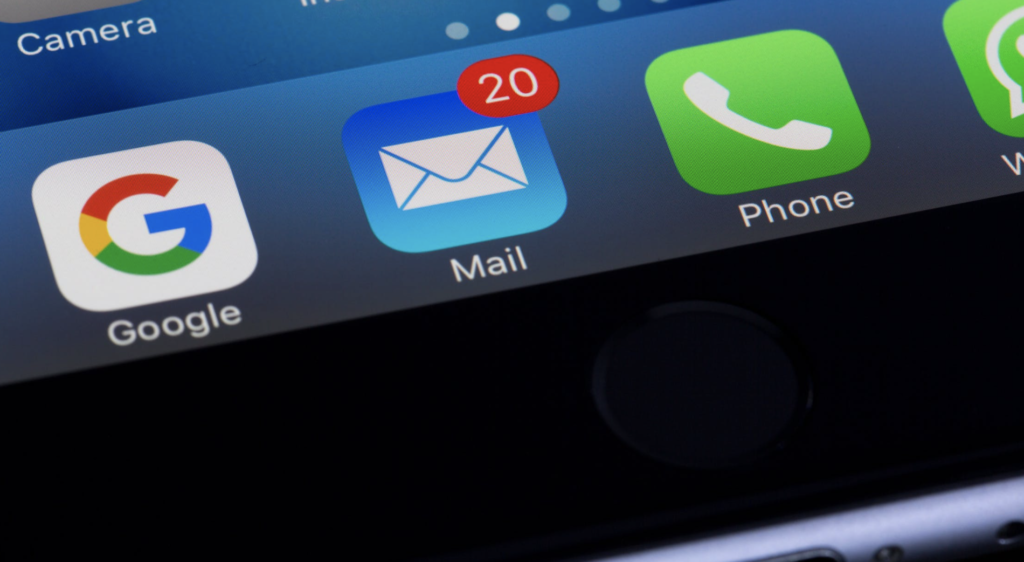It is no surprise to see more users moving to mobile apps and tools to get things done on the go. In turn, this attracts more developers that want to create things for Android and iOS. Many developers are moving into good careers with mobile development. What are some tips or hacks that can help developers that have just made the switch to mobile development? We are going to look a 5 mobile app testing hacks that can make development easier. With this cheat sheet for developers, your apps will be glitch-free. You will also be able to create things that are more innovative and interesting. Let’s get started.
1. Testing Your Product
There are many sites out there that will promise to help you test your mobile app with real users. For example, you have Usertesting.com. You design the screener questions at the beginning to make sure that you are going to get the right demographics for your particular test. Write instructions for the person that is going to take the test, and then observe their behavior. By recording all the actions that they take and listening to what the user is saying during the test, you are going to have a better idea of where you can make improvements.
The first hack in testing mobile apps would have to be using your own team to test the products. Think about how much time you can save. Instead of writing out screener questions that can confirm the age and background of the user, you will already know their background. Test with Janice in HR. Pull in Joe from accounting. The user tests that you put together don’t have to be long. Just ten to fifteen minutes will be enough to make sure that people in your company understand how to use the product.
Not only does this save time in terms of finding the right candidates, but you are also going to save money. Testing sites like Userzoom or Usertesting are going to charge you for the service. This goes toward paying the people taking the tests. Bypass this by using people in different departments and asking them about their experience.
2. Google UI Tools
Next up, we have to talk about the UI tools put out by Google. One of the best is Flutter. If you are new to the industry, this is an awesome tool that needs to be in your repertoire. Not so sure that you need it? Flutter is being used by Google, BMW, and also Alibaba to design apps for mobile faster and easier.
Flutter creates an environment where you are not writing code several times over for all the different operating systems. Why have a separate codebase for Android and iOS? Instead, use the widgets that they provide to incorporate critical differences. This could apply to how the user is scrolling through the site, navigating windows, or interacting with icons. Once you are done, the code is compiled to work natively with ARM machine code. This bare-metal approach is what will give you faster and more responsive applications.
Since everything is done by Google, it has great documentation as well as tutorials. Watch plenty of videos on how to get started. Google has set out to become the leader in this niche to overtake Xamarin and single platform environments. If you have ever Google products before, you already know their training, and help with getting started is invaluable. Save time and put your code together faster by using this hack.
3. Your MVP
What is your MVP? This does not stand for your most valuable partner or employee. Instead, it will be your minimum viable product. In terms of your application becoming popular, a lot of it has to do with that first to market advantage. Think of Bitcoin for example. What makes this one cryptocurrency so much better than other choices that came after it? What makes Bitcoin succeed and rise in value while other projects seem to lag behind in price and value?
Bitcoin was simply the first mover in this new market. They were able to achieve brand recognition faster than other types of currency. People are more familiar with it and more likely to trust it. That is exactly what you want to do with your mobile app. Think about what the minimum viable product will be so that you can get your application out there and starting to earn money.
Let’s think of a good example. Say you are making a mobile application for boats to show current weather conditions. Your MVP would simply utilize one API to check the weather and then import it to show if the current conditions would be good for boating. By keeping things simple, you show the basic functionality and you can start testing immediately. If people testing the application struggle with just the basic functions, you can make changes before you add on additional features. This can help when investors want to see the progress that is being made. Shareholders can also authorize additional funds once they are able to see things are going smoothly. Put together your MVP quickly and you will be far ahead of the curve.
4. Free Use of Figma
If you are working quickly to put together your minimum viable product, more than likely you will want to utilize Figma. In the past, when a team was trying to put together a user flow to see how customers would interact with a mobile app, it was hard to find software that would allow everybody to collaborate online. Some resorted to software like Mural which allowed you to work with your team even if they were located in other countries and in other timezones.
Once Figma started to gain popularity, many designers realized that it was an easier way to create a good representation of what the software would look like. You could also easily make it interactive so people can click through the screens and different navigation that you create.
Did you know you can actually use Figma for free? For designers and mobile app creators that are working at large companies, you probably already have a license through your employer. If you are just getting started with designing mobile apps, you can actually use Figma for free. This allows you to try out the product before you have to pay on a regular basis.
The free pricing plan can be used indefinitely with unlimited files. Teams can also be experimented with. You are allowed to collaborate with up to two different people for free. With this, you can share any designs you make with as many people as you would like. If you are a small startup with a team of just four or five people, the free version of Figma might be enough for you to launch your mobile app.
5. Automate Testing
When you are putting together your mobile app, you will need to see it working on many different operating systems. Beyond testing it with Android and iOS, you also need to make sure it will function correctly on different versions of the operating system. Not everybody will be on the current version of Android. Perhaps they are still using a version from a year ago. Your testing needs to take this into account as well.
What is the best way to test how compatible your prototype is? Instead of purchasing multiple phones running different operating systems, you can emulate the hardware and software together. Many of us are aware of tools like Bluestacks which can emulate working on the phone. Mobile app testing has gone beyond this though with things like Appium.
Based on Selenium, this will allow you to quickly do cross-browser testing in any programming language for every major OS platform. The application can be stored as an APK or IPA. Either one can be tweaked and tested with automation.
On top of this, programs like Appium are also open-source. Download and use it for free as you see how your software interacts with the different emulators. These open-source downloads can include ways to quickly bring up twenty or thirty different screens at the same time. Run your application on all the different systems at the same time and record it as well. If there is a problem with a few of the older versions of the operating system, you will see the issue quickly and have a recording of what happened. From there, you can follow up and figure out where the conflict occurred.

In Conclusion
In closing, mobile app development will continue to evolve. As it becomes more popular to release desktop apps on mobile as well, you can use these various hacks to make sure you are using your time efficiently. Check out some of the free tools that we mentioned in the guide. With things like Flutter and Appium used together, it should greatly reduce the time you have your product in development. Don’t forget though, there is still a need to test out your new app on physical hardware as well since not everything can be emulated. We hope this cheat sheet has given you some new ideas that will help launch your next project faster.





